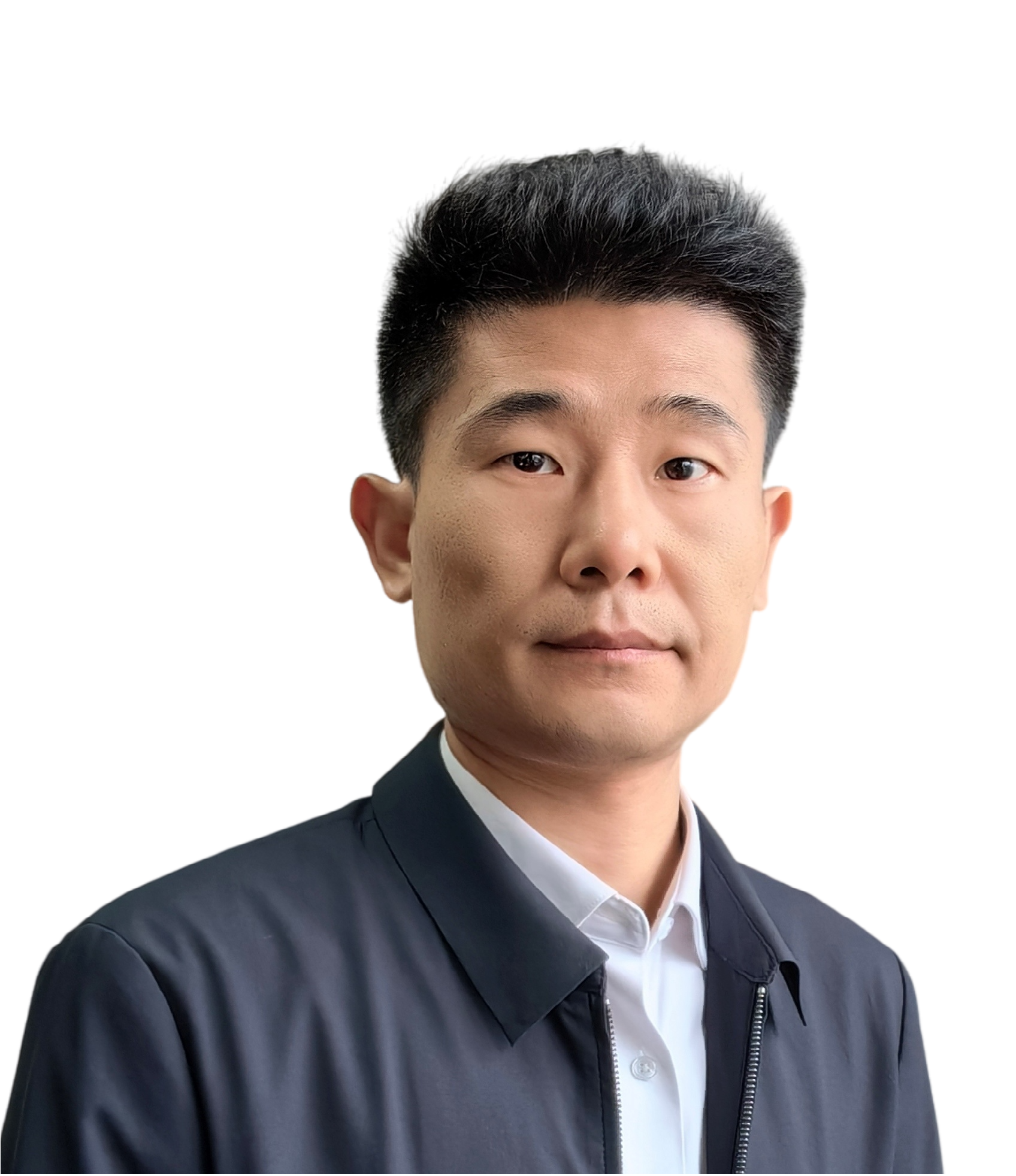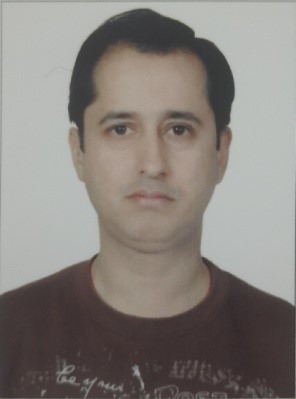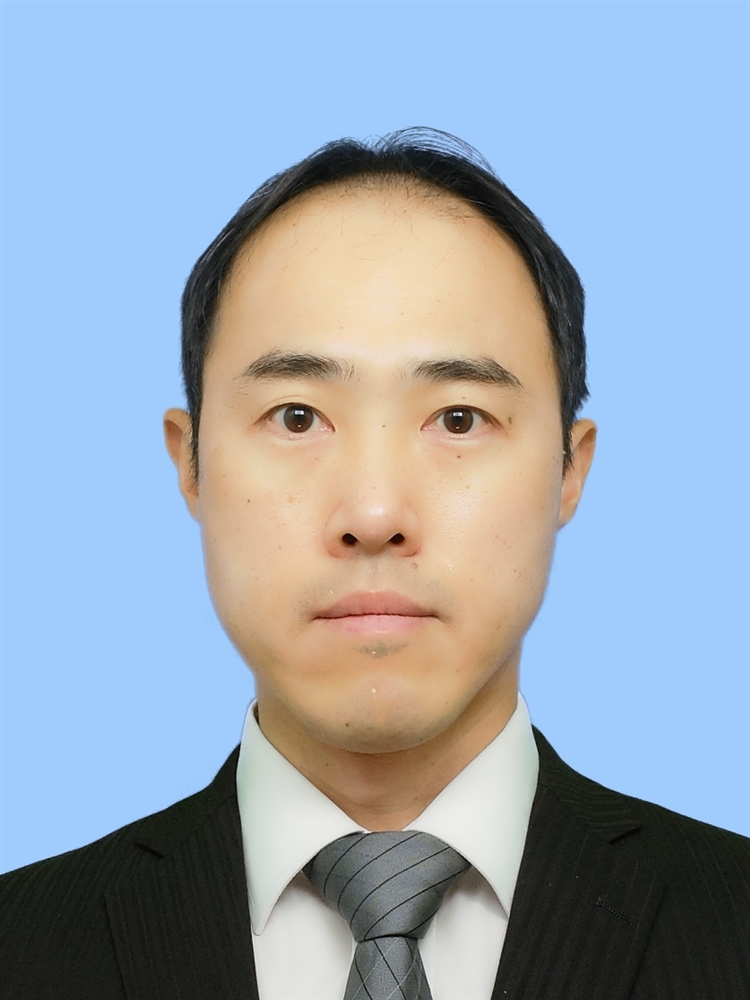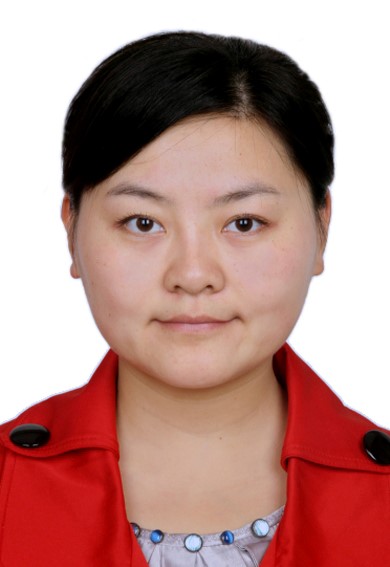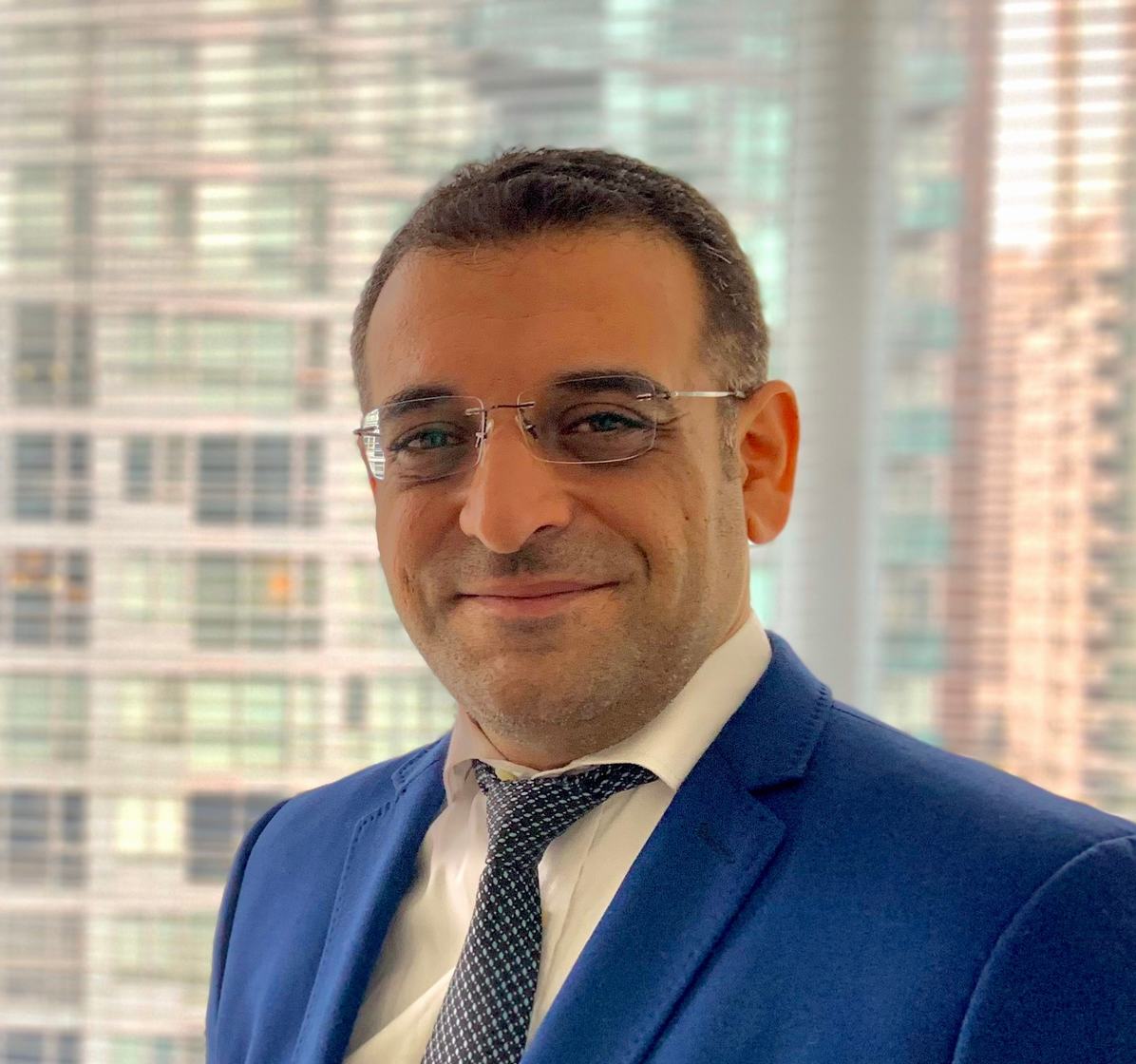Invited Speakers
Assoc. Prof. Junhao Geng
School of Mechanical Engineering, Northwestern Polytechnical University, ChinaSpeech Title: Intelligent Connection: Industrial Augmented Reality Technology for Multi-scale Electrical Wiring Interconnection Systems
Abstract: Electrical Wiring Interconnection Systems (EWIS) with scales ranging from 100m to 1mm are the nerves of large and complex electromechanical products vital to their regular operation. The connecting process of EWIS has been highly dependent on manual work, with low efficiency, poor quality consistency, high labor intensity for observation and inspection, and high skill requirements for personnel. Using emerging intelligent technologies, we proposed industrial augmented reality (IAR) technology for the intelligent connection of multi-scale EWIS. Utilizing the advantages of virtual-real fusion and spatial registration, we used a multi-sensor integration method to assist in large-scale cable laying that even can exceed 50m, used high-precision industrial cameras and intelligent positioning fixtures to assist in connecting electrical connectors with dimensions even less than 1mm, used a markerless 6 DOF 3D object tracking method to assist in medium scale wire connection. We developed the EWIS intelligent connection system based on IAR. This system can achieve a wire path registration accuracy of 1mm/m, an electrical connector socket positioning accuracy of 0.1mm, an automatic inspection accuracy of 99.9% for pin crimping quality, and an automatic inspection accuracy of 99% for pin misalignment and missing installation. The application results show that EWIS intelligent connection system can help operators to complete connection operations with high efficiency, high quality, and low labor intensity without wiring diagrams, wiring tables, and magnifying glasses. Data comparison shows that this system is ahead of Boeing’s Skylight system and Safran’s Diota system in terms of systematicness, adaptability, professionalism, and industrial accuracy.
Prof. Vijay Kumar
Professor in Mathematics, Faculty of Engineering & Technology, Manav Rachna International Institute of Research & Studies, Faridabad-121001, IndiaSpeech Title: Prediction of Early Stage Endometriosis Cancer Using Generalized Fuzzy Machine Learning Technique
Abstract: The traditional treatment for the endometrial cancer is surgery in which uterus, fallopian tubes and ovaries are removed. Other treatments that are helpful to treat of early stage endometrial cancer are radiation therapy, chemotherapy, hormone therapy, targeted therapy and and immunotherapy. The main concern of Artificial Intelligence is to design intelligent systems that have the characteristic of humans such as thinking, learning, reasoning, problem solving etc. This could be accomplished through the determination of knowledge representation, rule based systems, search, learning and so on to solve real world problems. Out of these, knowledge is the main player, as it is the skeleton of all the methods. Knowledge representation has two different entities as: Facts and the representation of the facts. Facts about the situations have been represented logically so that the program must understand the situation effectively. Muti Criteria decision making techiques have been used for the decision making purposes across discipline. In this chapter, the applications of intuitionistic trapezoidal fuzzy prioritized weighted average (ITrFPWA) operator have been used for the selection of suitable treatment for early stage endometrial cancer. The algorithm based on the given operator in intuitionistic fuzzy environment have been discussed step by step and then demonstrates by considering a hypothetical case study based on the intuitionistic fuzzy information gathered from three medical experts about the diseases and their likely remedies. The outcome of the algorithm is the ranking of the treaments for the given information.
Prof. Hirotada Honda
Faculty of Information and Networking for Innovation and Design, Toyo University, JapanSpeech Title: On the learnability of differential equation-based neural networks
Abstract: Recently, differential equation-based neural networks have attracted considerable attention. An important contribution is ODENet, which proposes a learning framework comprising a system of ordinary differential equations working as the middle layer of a neural network. Furthermore, the application of partial differential equation has also been observed. In this talk, we shall discuss the agnostic PAC learnability of a differential equation-based neural network in a supervised learning framework. Motivated by recent developments of the differential equation-based neural networks and related works, we will consider its statistical learning theory perspective; in particular, the effectiveness of the empirical risk minimization approach. We shall also introduce recent Bayesian approaches in relation to the learnability perspective, and our Bayesian optimization approach as well.
Prof. Weiwei Yu
School of Mechanical Engineering, Northwestern Polytechnical University, Youyi Xilu 127hao, Xi’an, P.R.ChinaSpeech Title: To Discover Novice Expert Paradigm: Sequence-Based Time-Domain and Graph-Based Frequency-Domain Analysis Method of Eye Movement
Abstract: Eye movement data can show the cognitive process in performing tasks to a certain extent. The existing researches on eye movement analysis are usually based on statistics, and it is difficult to show the correlation between the information associated within the scene. Other probabilistic algorithms usually focus on user feature recognition based on eye movement representation. However, the analysis of eye movement tends to have a coarse granularity, making it challenging to accurately discover human perception information in highly dynamic environments. In this report, the concept of timedomain and frequency-domain analysis of eye movement area of interest is proposed, within which, the frequent pattern mining method and visual cognitive graph model are constructed to mine the relationship between the areas of interest. Finally, some application examples of this model in the novice expert paradigm are presented.
Prof. Behzad Djafari Rouhani
Department of Mathematical Sciences, University of Texas at El Paso, 500 W. University Ave., El Paso, TX 79968, USASpeech Title: FIXED POINT THEOREMS FOR φ-NONEXPANSIVE SEQUENCES IN BANACH SPACES
Abstract: FIXED POINT THEOREMS FOR φ-NONEXPANSIVE SEQUENCES IN BANACH SPACES Behzad Djafari Rouhani Department of Mathematical Sciences, University of Texas at El Paso, 500 W. University Ave., El Paso, TX 79968, USA Email: behzad@utep.edu Abstract. Let X be a real Banach space with norm | · |. A sequence {xn} in X is called a nonexpansive sequence if |xi+1 − xj+1| ≤ |xi − xj |, ∀i, j ≥ 1. When X is a real Hilbert space H, ergodic theorems for such sequences were proved by Djafari Rouhani in 1981, and it was stated as an open problem whether those results could be extended to Banach spaces. By introducing the notion of φ-nonexpansive sequences and mappings in X, we give a partial affirmative answer to this open question. AMS Classification Number: Primary 47H25; 47H09; 47H10; 47J25. Secondary 37A30; 47H20; 47H30; 47H05.
Dr. Hamed Taherdoost
University Canada West, Vancouver, CanadaHamTa Group | Hamta Business Corporation
Speech Title: Threats Intelligence and Machine Learning Fusion
Abstract: Detection and mitigation of cyber threats have become crucial for assuring the security and integrity of critical systems in today's rapidly evolving digital landscape. Offering a proactive approach to cybersecurity, threat intelligence provides valuable insights into emergent threats, attacker tactics, and vulnerabilities. Machine learning, on the other hand, provides sophisticated analytical capabilities to process immense amounts of data and identify complex patterns that may indicate malicious activities. This combination of threat intelligence and machine learning bears promise in a variety of domains, including intrusion detection, malware analysis, and anomaly detection. Using the collective knowledge from threat intelligence feeds, historical attack data, and real-time network information, machine learning algorithms can learn to accurately identify and classify novel threats. In addition, adaptive machine learning models can evolve in tandem with evolving attack vectors to provide a dynamic defense mechanism.
This presentation explores the methodologies for integrating threat intelligence with machine learning, with a focus on the challenges of data quality, model interpretability, and privacy protection. There will be discussion of real-world use cases illustrating successful implementations of this fusion, demonstrating its efficacy in fortifying cyber defenses. The combination of threat intelligence and machine learning presents a proactive and dynamic approach to cybersecurity, allowing organizations to remain ahead of adversaries in a constantly evolving threat landscape.
Mr. Carlos Hernández-Pérez
Universitat Politècnica de Catalunya, SpainSpeech Title: Interpreting Machine Learning models for Survival Analysis: A study of Cutaneous Melanoma using the SEER Database
Abstract: In this oral presentation, we delve into the application of three distinct machine learning algorithms for Survival Analysis: Random Survival Forest, DeepSurv, and DeepHit. It focuses on modeling cutaneous malignant melanoma using the SEER database. To enhance interpretability, we employ the SurvLIMEpy library, a Python package specifically designed for explainability in survival machine learning models. By leveraging these algorithms and explainability methods, we surpass the performance of the traditional Cox Proportional Hazards Model. Our findings shed light on the significance of explainability techniques in deciphering black-box models and offer valuable insights into the crucial features influencing melanoma prognosis.

